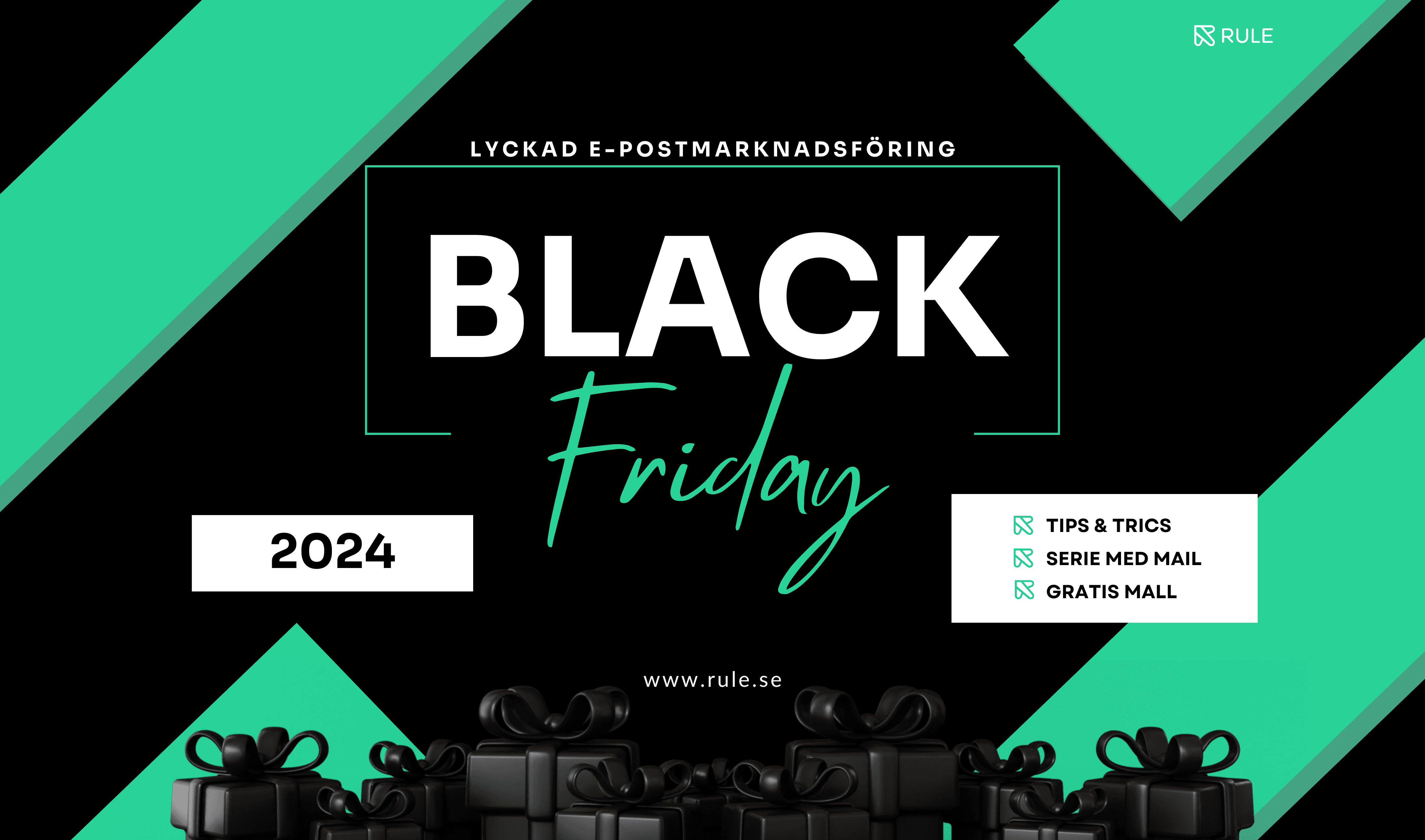B2B segmentation is one of the most effective strategies for creating relevant and targeted marketing campaigns. By dividing your target audience into smaller, specific groups, you can not only improve the customer experience but also increase your company’s revenue and efficiency. In this article, you will get a complete guide to B2B segmentation: what it is, how to do it and what tools you can use to succeed.
What is B2B segmentation?
B2B segmentation involves dividing your business customers into smaller groups based on their needs, behaviors or other relevant factors. Unlike B2C marketing, where the focus is on individuals’ preferences, B2B segmentation is about understanding organizations and their decision-makers.
By segmenting, you can:
- Target your messages to specific groups that have common needs.
- Maximize your ROI by focusing on the most profitable segments.
- Strengthening customer relationships by delivering tailored solutions that meet customers’ unique needs.
Increase profitability through B2B segmentation
Effective segmentation can have a direct impact on your profitability by
- Prioritize the right customers: Identify the segments that have the highest potential to be profitable and focus your resources there.
For exampleAn IT consulting firm might focus on small and medium-sized fintech companies that have an urgent need for cybersecurity. - Improve your campaigns: Customized marketing messages and offers increase the chance of converting leads into customers.
Example : A SaaS company: A SaaS company can send different emails to startups and large enterprises, depending on their budgets and needs. - Building long-term relationships: Business customers value personalized service. With segmentation, you can show that you truly understand their unique needs.
According to a McKinsey study, companies using segmentation strategies generate up to 30% higher revenue from their marketing campaigns.

What are the four categories of B2B segments?
B2B segmentation can be divided into the following main categories:
- Demographic factors
- Company size (small, medium or large company).
- Industry (e.g. finance, health, manufacturing).
- Geographical location (local, national or international companies).
- Behavioral factors
- Purchase history (e.g. how often they shop, what products/services they buy)
- Digital interactions (e.g. engagement with newsletters or social media).
- Usage patterns (e.g. which features of a product are used most)
- Psychographic factors
- Corporate culture and values (e.g. environmental awareness or innovation)
- Goals and visions (e.g. focus on growth or reducing costs).
- Needs and challenges
- Specific problems the customer is trying to solve (e.g. need for automated processes or improved communication).
- Requirements for adaptation or special solutions.
What criteria do you use to segment your B2B customers?
To create effective segments, it is important to choose the right criteria. Here are some of the most used ones:
- The value of the customer: Which customers generate the most revenue or have high potential for future growth?
- The customer buying journey: Where is the customer in their buying journey? Are they at the beginning, looking for information, or are they ready to buy?
- Customer needs: What are the specific needs of the customer, and how can your product or service solve their problem?
By using data from CRM systems, Google Analytics and platforms such as Rule, you can identify these criteria and create informed segments.

Practical example of B2B segmentation
Let’s say you run a company that sells cloud-based HR systems. Here’s an example of how you can segment your customers:
- Segment A – Small enterprises:
- Need simple, cost-effective solutions.
- Marketing message: “Get a complete HR system for a fixed price – perfect for small teams.”
- Segment B – Medium-sized enterprises:
- Seeking scalable solutions that can grow with the company.
- Marketing message: “Our system grows with your business – managing everything from onboarding to performance.”
- Segment C – Large enterprises:
- Requires advanced features and high customization.
- Marketing message: “We offer tailor-made solutions for large organizations with complex needs.”
How do you measure success in B2B segmentation?
To ensure that your segmentation strategy works, you should measure its success by
- Analyze conversion rates for different segments.
- Follow up on customer satisfaction via surveys or NPS (Net Promoter Score).
- Compare revenues and ROI from different segments.
Would you like help with your B2B segmentation?
Creating an effective segmentation strategy can be complex, but with the right tools it becomes easier. At Rule, we offer a platform that helps you collect and analyze customer data, segment your audience and create targeted campaigns that deliver results.
Contact us today to take your B2B marketing efforts to the next level!
B2B segmentation is a critical part of successful marketing. By understanding and dividing your customers into specific groups, you can create relevant messages, increase profitability and build stronger customer relationships. By using the right tools and methods, you can ensure that your segmentation strategies really deliver.







